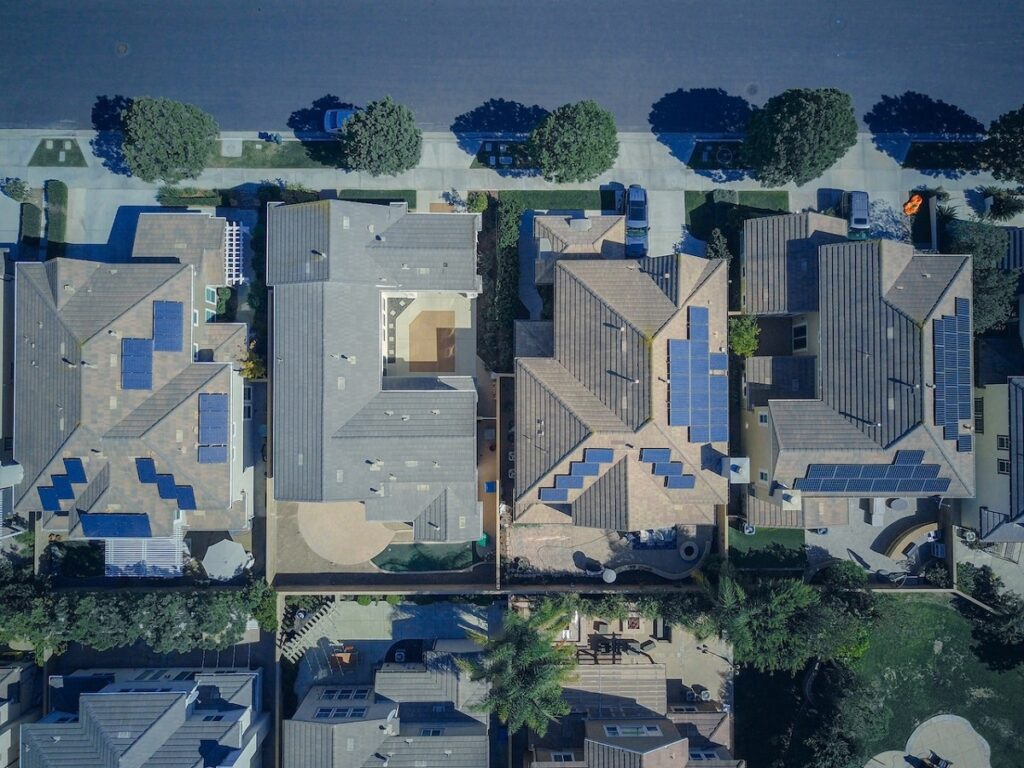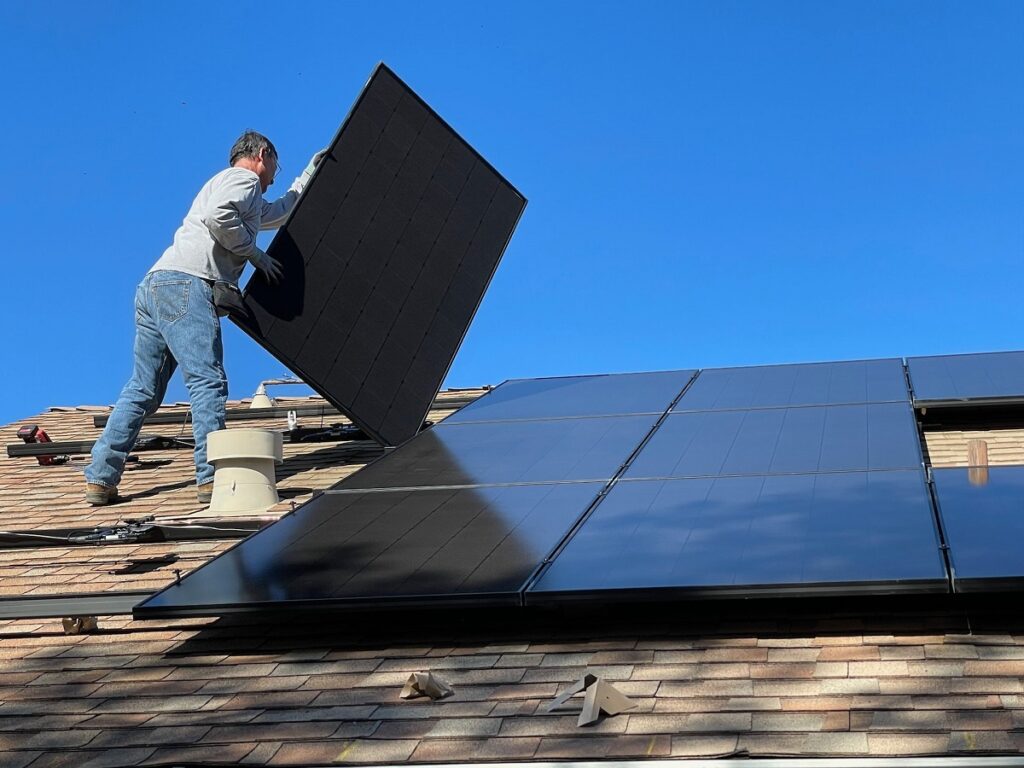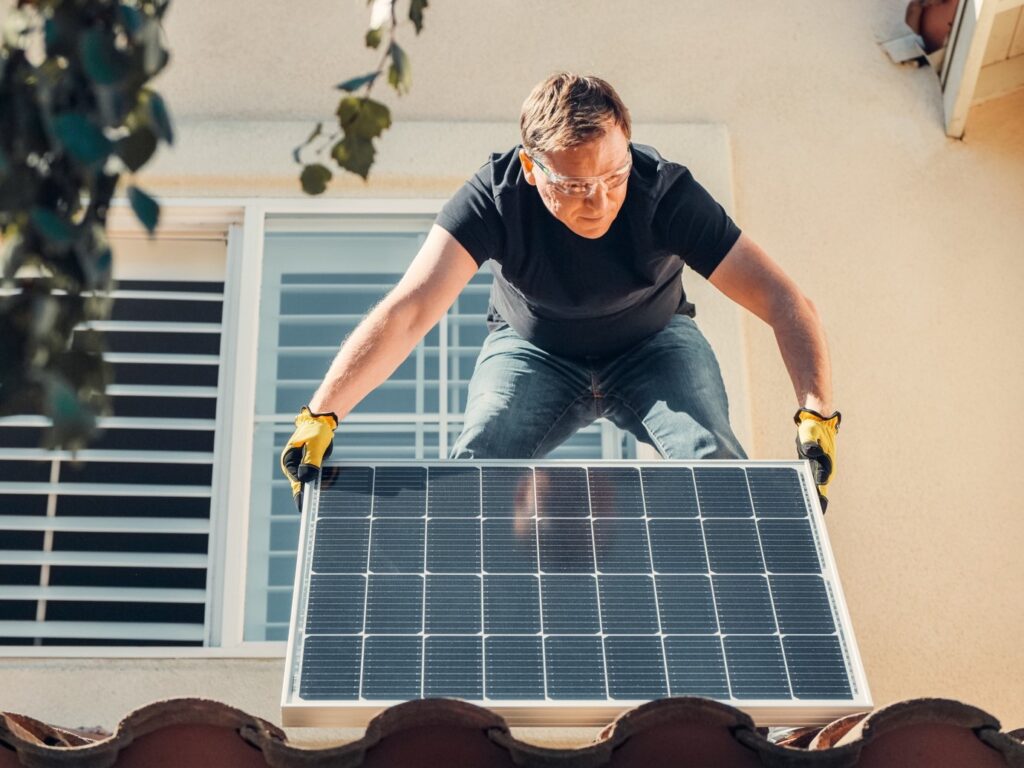The US-based masterminds behind a cutting edge block-chain-enabled microgrid in Brooklyn have unveiled their first project on Australian shores – a New TransActive Grid in South Australia that they say could herald the start of an industry-changing, renewable energy sharing revolution.
LO3 Peer to Peer Trading
The SA project, which is being rolled out in partnership with local outfit Yates Electrical Services, will see up to 6MW of distributed solar generation made available on a local energy marketplace, using LO3’s peer-to-peer trading platform.
The South Australian microgrid will begin – it is expected to be up and running in six to nine months’ time – with a “discrete” market using Yates Electrical Services’ Small Generation Aggregators License and their associated commercial or industrial customers, who will bid on solar electricity supplied by the firm.
The Concept
The simple concept, made possible by highly complex and clever blockchain-based software, involves adding a meter onto a household or business which manages all energy inputs and outputs, giving participants access to cheaper electricity generated by local solar farms.
The solar power will come from six locally built PV plants ranging from 200kW to 1MW in size(two have already been constructed) that are being sited on “redundant” farmland in South Australia’s Riverland region – a resource which, like sunshine, is abundant in the area.
Locally Generated Energy
The solar PV plants will be built by Yates Electrical’s renewables offshoot, Redmud Green Energy, with financial backing from Chinese investors. According to the company’s founder and CEO, Mark Yates, each solar plant will, eventually, be coupled with battery storage.
Yates’ relatively small company – which has recently become an electricity market participant, giving it the same ability as energy retailer to supply customers directly with locally generated energy – looks to be an ideal partner for LO3, which set up office in Australia last year, tipping it to be one of the world’s key P2P markets.
By working with Yates in South Australia, the company gains access to more than 1,000 homes and businesses across the Riverland already fitted with solar energy, to potentially operate on an LO3 transactive microgrid.
“We believe this partnership with Yates Electrical Services will help us accelerate our set-up process over here and take the local energy marketplace concept one step closer to an Australia-wide consumer reality,” said LO3’s director of Australian operations, Belinda Kinkead, in a statement on Monday.
Renewable Energy
“Our systems enable people who generate renewable energy – from small scale houses to larger industrial projects – to get more income by selling direct to consumers rather than to the grid.
“They also offer a unique way to integrate distributed energy resources into communities, creating a reliable and secure energy supply that protects from power outages that have been an issue across Australia.”
Alternative Income for Farmers
For Yates, the project offers an opportunity to expand on his company’s own experience of building and trading solar electricity, to provide significant energy savings – as well as alternative incomes – to local farmers.
“On one of our test sites, the second (solar) site we built, an irrigator, who had been in the area 30 years, removed a couple of acres of vines that were non-productive and installed a solar farm,” Yates told One Step Off The Grid in an interview on Monday.
“He was paying between 25-30c/kWh for his electricity, and now we can give him a fixed rate of around 7.5c/kWh. And not only can he save on his electricity consumption, but he can sell his excess solar if he wants to.”
Indeed, Yates, who started his career as a solar installer in Paringa some 13 years ago, and LO3 founding head Lawrence Orsini, have a strikingly similar vision, of a locally-based, decentralised energy market, where neighbours can buy and sell energy in a way that benefits them both.
And the two men discovered this shared outlook when they met on the sidelines of a recent renewable energy conference.
“Any energy system that is running high on renewables, in combination with non-renewables and storage, needs to move to market model that recognises the value of a “negawatt” (the power you don’t use) as well as the value of megawatt,” Orsini told RenewEconomy in an interview in November last year.
It’s a Win/Win
“The grid architecture will change very quickly,” he said “It’s just simple economics,” Yates told One Step on Monday. “It just has to add value on both sides of the equation. If we can give one farmer a saving on electricity, and give another more value for their solar generation, then it’s a win-win.”
Source: Sophie Vorrath – onestepoffthegrid.com.au, July 17, 2017


